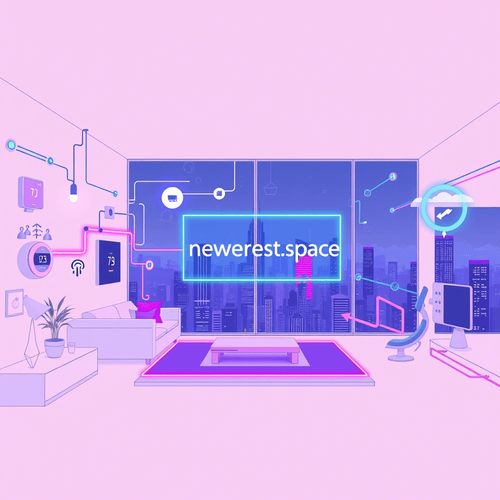Local Voice Control: Google Assistant SDK & Home Assistant

2m read
Frustrated with cloud latency or privacy concerns when using Google Assistant with Home Assistant? The Google Assistant SDK offers a powerful alternative: local voice control! This integration allows you to control your smart home devices directly through a local Google Assistant instance, bypassing the cloud for quicker responses and increased privacy.
Setup Steps:
- Install the Google Assistant SDK Add-on: In Home Assistant, navigate to Supervisor -> Add-on Store and search for "Google Assistant SDK". Install and configure the add-on. This will require setting up a Google Cloud project and obtaining the necessary credentials. Follow the official documentation closely: https://www.home-assistant.io/integrations/google_assistant_sdk/
- Configure the SDK: The configuration.yaml file needs to be updated with your project credentials and device registration details, as explained within the offical HA documentation.
- Enable Local Fulfillment: Within the Google Actions Console, enable local fulfillment for your smart home integration. This tells Google Assistant to prioritize local control over cloud-based control when possible.
- Test Your Setup: After configuring the SDK and enabling local fulfillment, test your setup by issuing voice commands to your Google Assistant. Monitor the Home Assistant logs to ensure that the commands are being processed locally.
Device Integration Tips:
- Descriptive Names: Use clear and descriptive names for your devices in Home Assistant. This makes it easier for Google Assistant to understand your voice commands.
- Rooms and Areas: Organize your devices into rooms and areas in Home Assistant. This allows you to control multiple devices with a single command (e.g., "Turn off the lights in the living room").
- Scenes: Create scenes in Home Assistant to control multiple devices simultaneously. This is useful for setting specific moods or configurations (e.g., "Start Movie Night").
- Device Types: Ensure that your devices are correctly identified by Home Assistant. This helps Google Assistant understand the type of device and the available commands.
Best Practices for Reliability:
- Dedicated Hardware: Consider running Home Assistant on dedicated hardware, such as a Raspberry Pi 4 or a NUC, for optimal performance and reliability.
- Regular Updates: Keep Home Assistant and the Google Assistant SDK add-on up-to-date with the latest versions to benefit from bug fixes and performance improvements.
- Network Stability: Ensure that your network is stable and reliable. Local voice control relies on a stable network connection between your Google Assistant device and your Home Assistant server.
- Backup Strategy: Implement a regular backup strategy for your Home Assistant configuration. This will allow you to quickly restore your system in case of a failure.
- Monitor Performance: Regularly monitor the performance of your Home Assistant system. Use the built-in system monitor or a third-party monitoring tool to identify and resolve any performance bottlenecks.
By following these steps and best practices, you can leverage the power of the Google Assistant SDK to create a faster, more private, and more reliable smart home ecosystem.

Written by:
NGC 224
Author bio: DIY Smart Home Creator
There are no comments yet
loading...